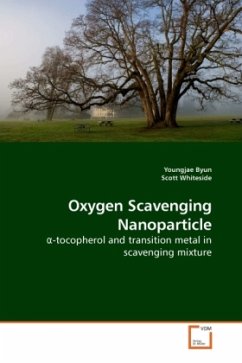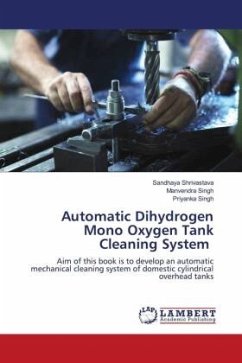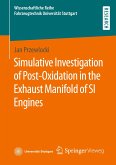-tocopherol and transition metal in scavenging mixture were evaluated as a possible oxygen scavenger. The effects of moisture, amount of transition metal, and thermal processing on oxygen scavenging capability were also investigated. Our results showed that -tocopherol and transition metal had 6.72 cc O2/g oxygen scavenging capacity and 0.11 cc O2 /g day oxygen scavenging rate. Nanoencapsulation technology was adopted for the possible oxygen scavenging activation system. -tocopherol-loaded poly -caprolactone (PCL) nanoparticles were prepared by O/W emulsion solvent evaporation with ultrasonication. The effect of PCL concentration, solvent in oil phase, and ultrasonication time on encapsulation efficiency (%), particle mean size, and loading (%) were investigated. Overall, 5% PCL in methylene chloride (DCM) as solvent in oil phase with 3 min ultrasonication time showed the best encapsulation formulation and this formulation was selected for the further research. -tocopherol-loadednanoparticle and transition metal in scavenging mixture was evaluated as a heat activated oxygen scavenger.
Bitte wählen Sie Ihr Anliegen aus.
Rechnungen
Retourenschein anfordern
Bestellstatus
Storno








